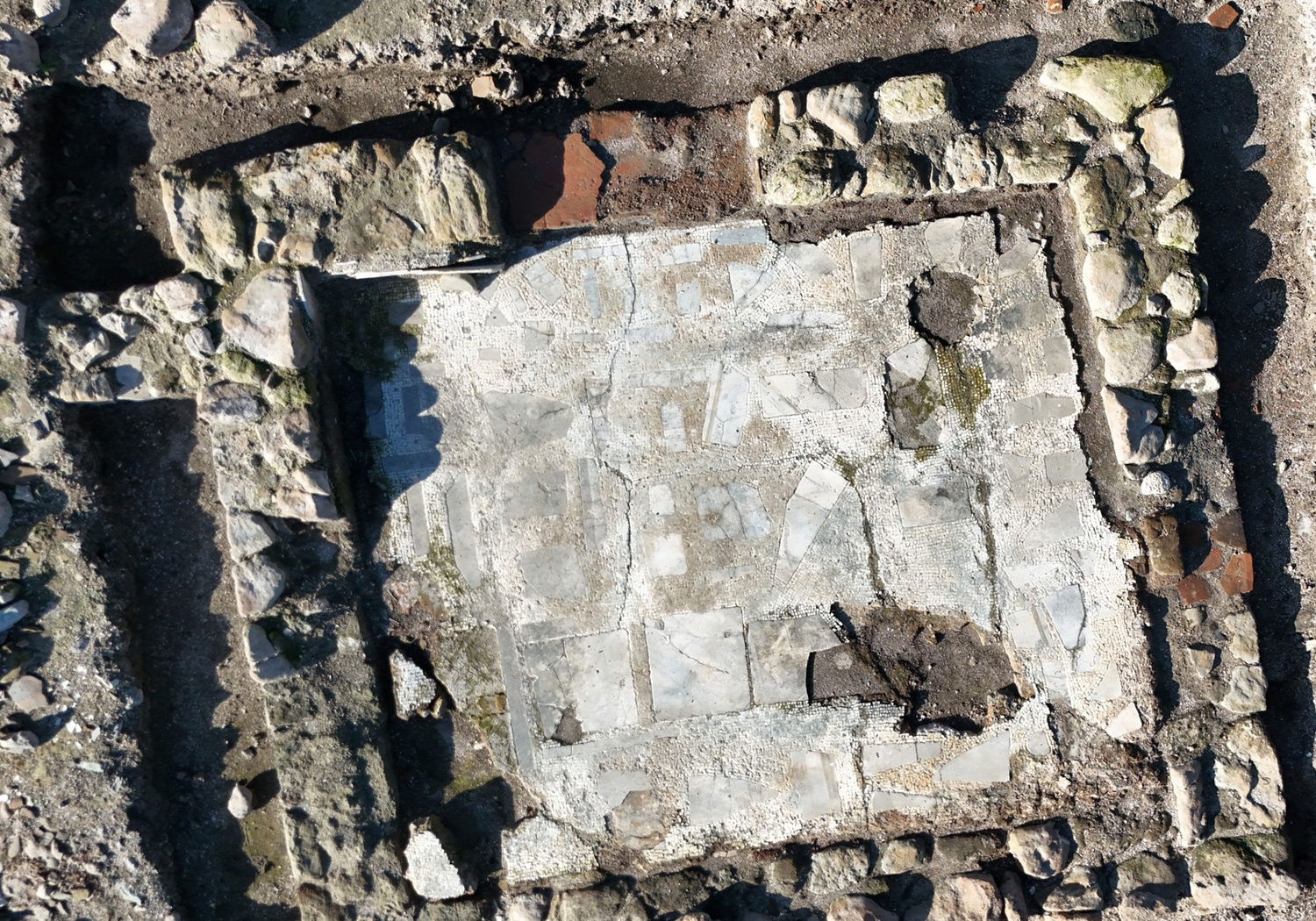Receding waters at Lake Sapanca in Turkey have revealed an ancient structure with mosaic flooring.
Sapanca Mayor, Nihat Arda Şahin, said: “For years, there have been various rumours about the remains of structures in Lake Sapanca.”
Archaeologists from Sakarya University’s Department of Art History suggest that the structure is likely a small chapel or early Christian church that dates from late antiquity.
Dr. Görkem Işık, a research assistant who examined the structure, said: “We can date it between the 4th and 6th centuries. Both the mosaics’ construction technique and decorative features point to this period.”
The exposed structure is rectangular in shape, defined by walls constructed from cut stones and marble. Within the interior are fragmented but still recognisable mosaic and marble-inlay floor.
The surface shows light-toned tesserae and larger marble pieces arranged in geometric patches, indicating a deliberate decorative scheme rather than a purely functional floor.

A notable comparison has been drawn to another submerged discovery: the basilica found in Lake Iznik. Işık highlighted similarities in both location and layout, suggesting that the Sapanca remains were also religious in function.
He explained that fluctuating lake levels over centuries likely led to the structure’s submersion. “When these structures were built, the water level of Lake Sapanca was lower. Over time, the water rose, and the structure was submerged. This is a natural process.”
It has been suggested that the structure may be linked to other nearby Byzantine-era settlements, particularly the Byzantine castle in Kurtköy.
Meanwhile, rescue excavations have been temporarily halted due to seasonal rains and soggy terrain. Work is expected to resume in spring or summer, depending on water levels.
Sources : Sakarya University





